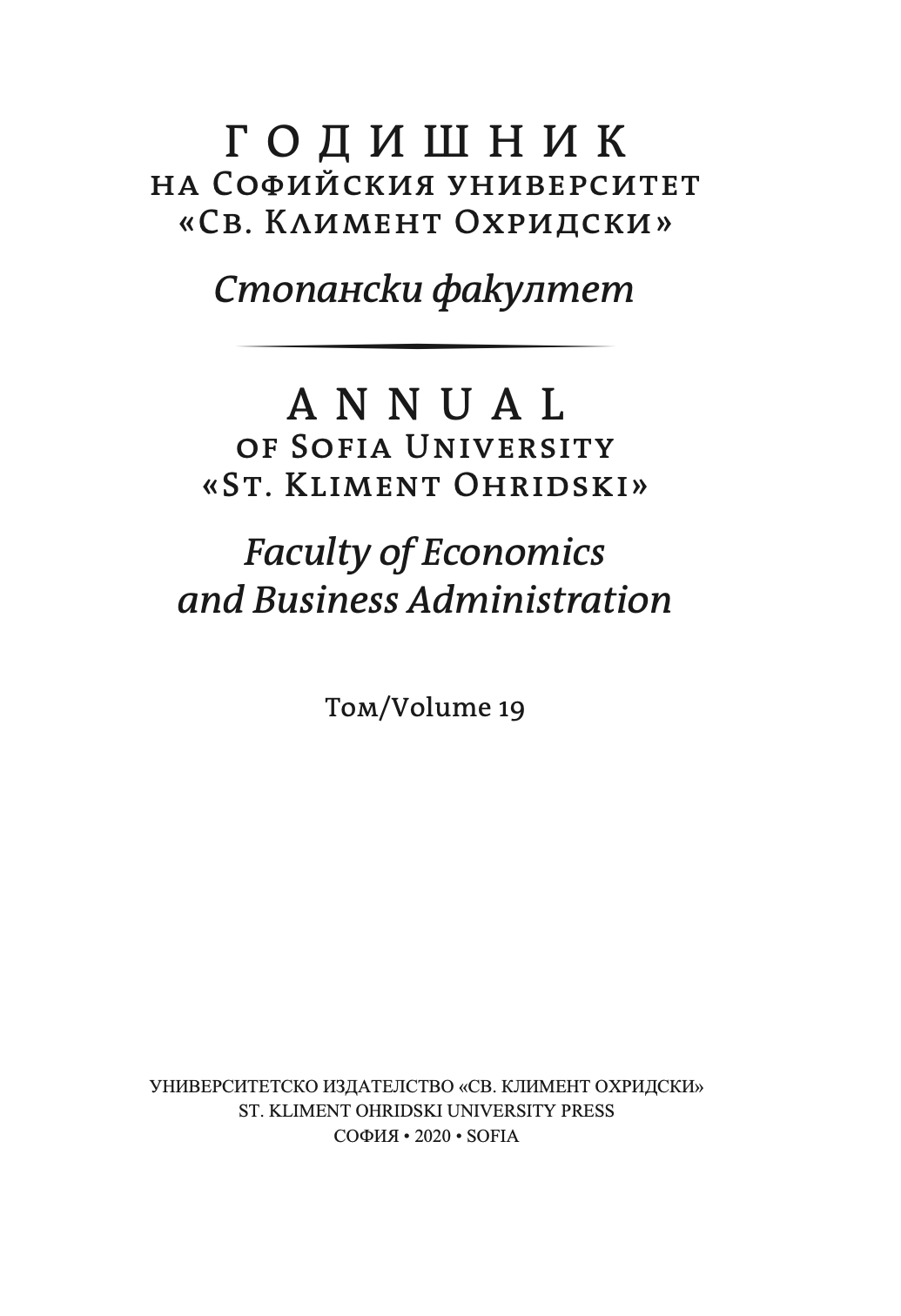THEORETICAL AND EMPIRICAL SURVEY OF DEBT SUSTAINABILITY ANALYSIS
THEORETICAL AND EMPIRICAL SURVEY OF DEBT SUSTAINABILITY ANALYSIS
Author(s): Martina MakarievaSubject(s): Economy, Financial Markets
Published by: Софийски университет »Св. Климент Охридски«
Keywords: sovereign debt sustainability analysis; public debt; solvency; term structure;
Summary/Abstract: The paper presents a theoretical and empirical survey of the term public debt sustainability which is an oft-mentioned concept since the world’s last economic and financial crisis. First, some of the theoretical definitions proposed through history are briefly reviewed. These definitions are later used by practitioners to create different tools and indicators to assess government debt sustainability. To this end, this paper tried to summarize and compare the basic methodology for measurement of fiscal sustainability, applied by IMF, EC and ECB. The results produced by these international organization substantially depend on the definition of fiscal sustainability itself, the definition of the balance of the public deficit and debt, the particular characteristics of the countries participating in the study, and the researchers’ own approaches. Here more specific attention is given to the computation of implicit interest rate on government debt which is a key driver of the debt motion. One of the undertaken approaches in the literature for the estimation of interest rates is based on forward rate estimates to measure market expectations. In the literature, various methods exist in the computation of forward interest rates. As the most adopted methods are either the Nelson & Siegel (1987) method or the extended version suggested by Svensson (1994) the paper shortly presents the Svensson (1994) yield curve model.
Journal: Годишник на Стопанския факултет на СУ „Св. Климент Охридски“
- Issue Year: 19/2020
- Issue No: 1
- Page Range: 109-128
- Page Count: 20
- Language: English

